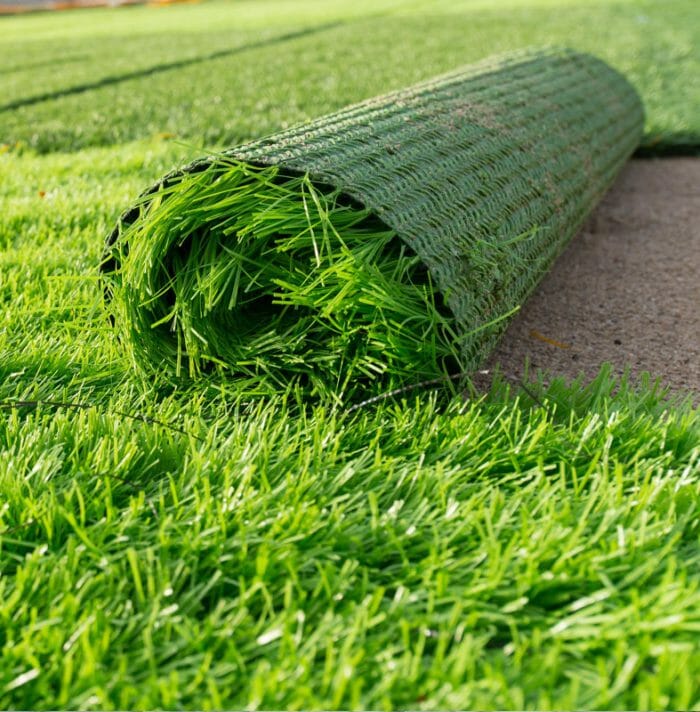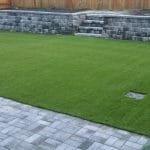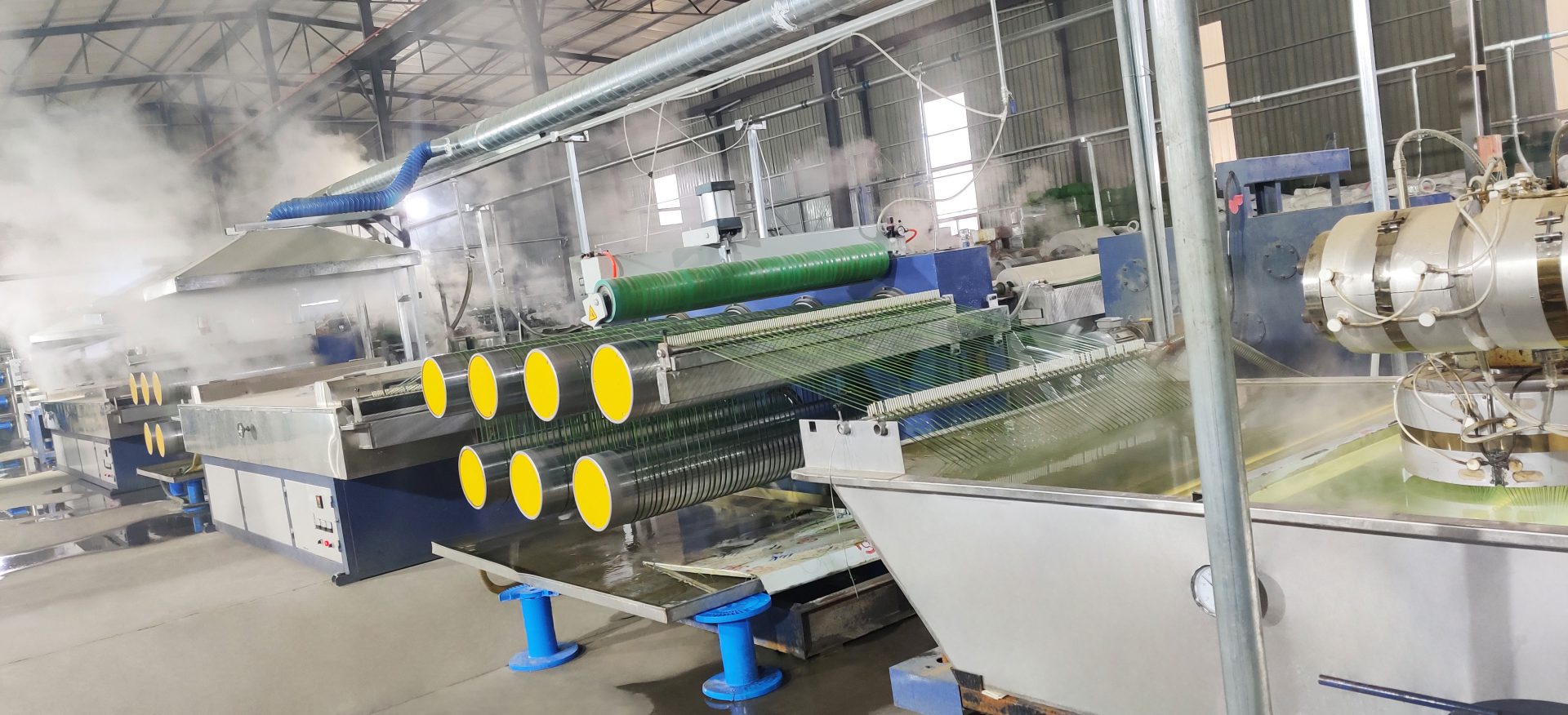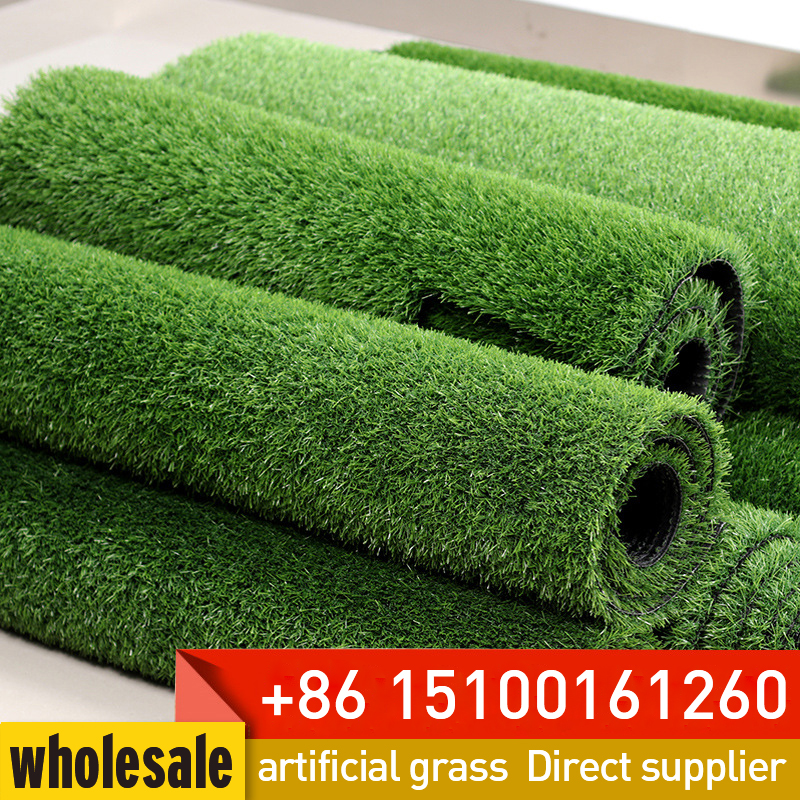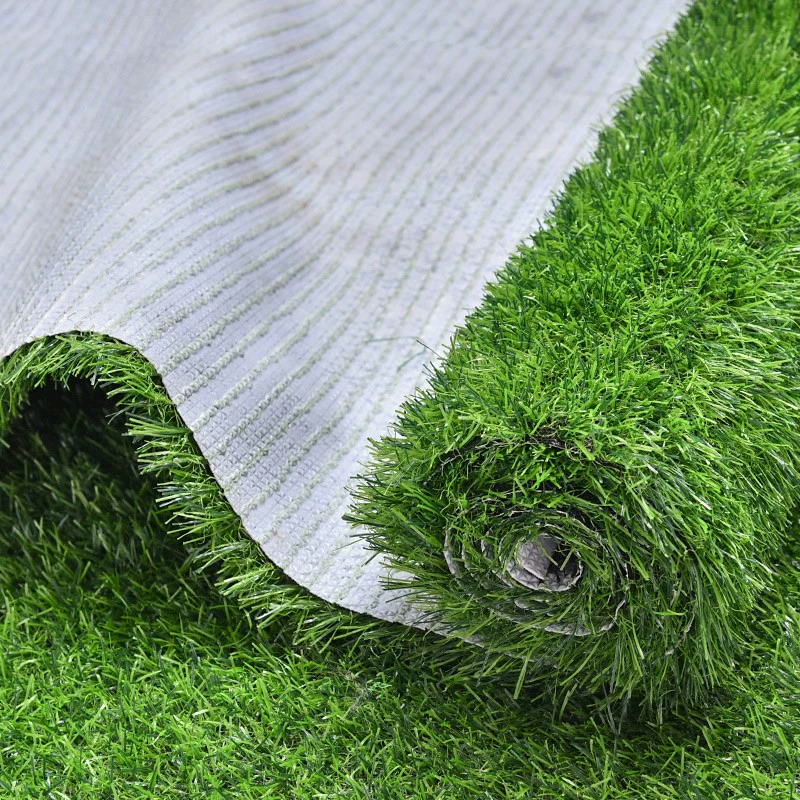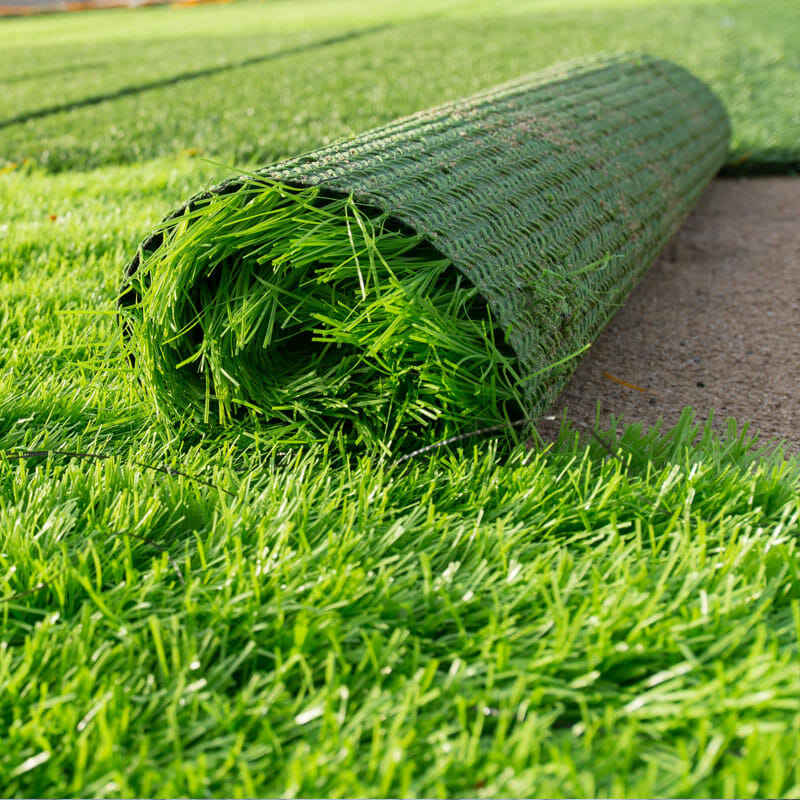
When it comes to installing artificial turf, one of the most critical aspects is selecting the right base. The base serves as the foundation for your turf and plays a significant role in its overall performance and longevity. However, there isn’t a one-size-fits-all solution when it comes to bases for artificial turf. Different scenarios require different approaches to ensure optimal results.
1. Factors Influencing Base Selection:
The choice of the best base for your artificial turf depends on various factors, including the intended use of the turf, the local climate, and the existing ground conditions. Here are some key considerations:
– Intended Use: The purpose of the artificial turf installation influences the type of base you should use. Whether it’s a sports field, a residential lawn, or a commercial landscape, the demands on the turf will differ.
– Climate: The local climate plays a role in determining the drainage requirements of your artificial turf. Areas with heavy rainfall may need enhanced drainage solutions.
– Soil Conditions: The composition and stability of the underlying soil impact the choice of base. Clay soils may require additional measures to prevent waterlogging, while sandy soils may need improved stabilization.
2. Different Scenarios, Different Solutions:
a. Sports Fields: Sports fields endure heavy usage and require robust bases. A combination of aggregates and geotextile fabrics helps with stability and drainage. Shock pads can provide added safety for players.
b. Residential Lawns: For a residential lawn, a compacted aggregate base combined with a weed barrier is often sufficient. Adequate drainage is essential to prevent water accumulation.
c. Commercial Landscapes: Commercial landscapes benefit from well-draining bases. A mix of aggregates, compacted sub-base, and geotextile fabric can ensure durability and longevity.
3. Tailoring Solutions:
The key to a successful artificial turf installation is tailoring the base to meet specific requirements. There isn’t a single best base that fits all scenarios. Professionals assess the unique characteristics of each site to design a base system that ensures optimal performance and durability.
In conclusion, the question “What is the best base for artificial turf?” doesn’t have a straightforward answer. It depends on the intended use, climate, soil conditions, and other factors. By understanding these considerations and seeking professional advice, you can ensure that your artificial turf installation thrives for years to come. Remember, a well-designed base is the foundation for a beautiful and functional artificial turf surface.


